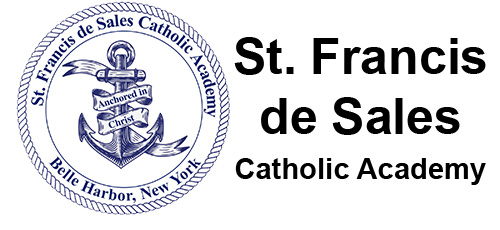SFDS Reading Level Correlation Chart
Column 1 |
Column 2 |
Column 3 |
Column 4 |
Grade Level |
Guided Reading Level |
Lexile Learner Range |
Lexile Text Range Reflected in CCSS |
Kindergarten |
A-B-C-D
|
BR-400 and above**
|
N/A |
1st Grade |
D-E-F-G-H-I
|
Up to 300L |
190 – 530 |
2nd Grade |
I-J-K-L-M
|
170L – 545L |
420 – 650 |
3rd Grade |
L-M-N-O-P
|
415L – 760L |
520 – 820 |
4th Grade |
P-Q-R-S
|
635L – 950L |
740 – 940 |
5th Grade |
S-T-U-V-W
|
770L – 1080L |
830 – 1010 |
6th Grade |
V-W-X-Y
|
855L – 1165L |
925 – 1070 |
7th Grade |
W-X-Y-Z
|
925L – 1235L |
970 – 1120 |
8th Grade |
X-Y-Z+
|
985L – 1295L |
1010 – 1185 |
Col. 2 Guided Reading Level = The suggested Fountas and Pinnell range for each grade level.
Source: https://www.fountasandpinnell.com/textlevelgradient/
Col. 3 Lexile Learner Range = A Lexile learner or student measure indicates a learner’s independent reading level range.
Source: https://support.lexile.com/s/article/What-is-a-Lexile-measure
Col. 4 Lexile Text Range Reflected in CCSS = A Lexile measure on a text indicates the complexity of the reading material. Texts are measured using an algorithm that examines the semantic and syntactic features of the text.
Source: https://lexile.com/educators/measuring-growth-with-lexile/college-and-career-readiness/
**Lexile measures for texts and learners that fall below 0L on the scale are referred to as Beginning Reading materials or learner abilities. They receive a 'BR' notation before the reported measure. A Lexile measure of BR100L indicates that the Lexile measure is 100 units below 0L. Just as -10° is warmer than -30° on a thermometer, a BR100L book is more complex than a BR300L book.
